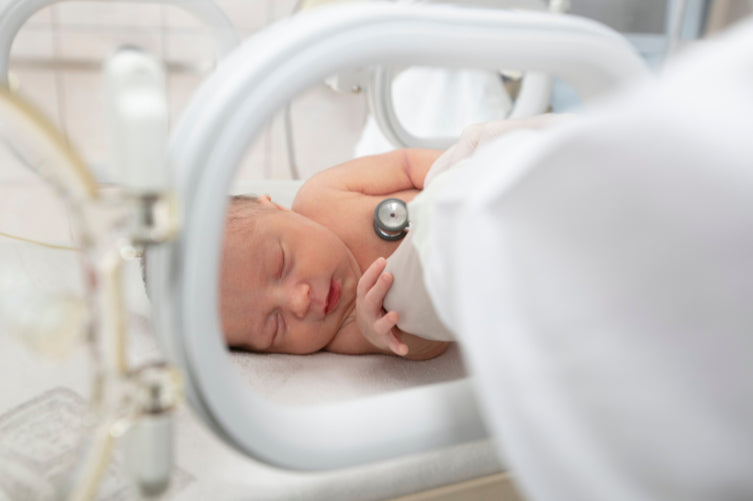One of the most advanced and vital pieces of neonatal and early paediatric medical equipment supplied is the incubator, a device that keeps babies, particularly premature babies, in an environment that encourages their health and development.
Neonatal incubators are typically part of a neonatal intensive care unit, used to provide extra support to babies who need it, as well as easy access to medical support and diagnostic equipment to monitor their condition and nurture them ready to return to their mother’s arms.
Incubators found in a NICU tend to be amongst the most advanced pieces of medical equipment in a hospital, but despite this, the piece of equipment is 144 years old, and its development came as a way to tackle the effects of falling birth rates.
During the 19th century in Paris, one of the biggest concerns was how to manage a low birth rate during a century that had seen not only an Industrial Revolution but no less than seven revolutions, uprisings and coups d’etat until political stability prevailed in 1870.
The focus started to switch from the middle of the century away from encouraging more births to ensuring that more babies could survive. The first steps towards this were made in 1857, with a proposed “incubator crib” by surgeon Jean-Louis-Paul Denucé, although it is unknown if this was ever made.
Both this and the heated crib Carl Credé made in 1864 were essentially heated cribs, which whilst providing a consistent temperature and thus preferable to a birth in a cold, dirty house, were not enough to ensure a premature baby could survive.
This is where Stéphane Étienne Tarnier came in with his “conveuse”, a baby warming device that was effectively a wooden box, with a glass lid and a set of hot-water bottles that provided a clean environment, feeding, warmth, humidity and isolation from other potential pathogens.
It led to the infant mortality rate decreasing by 28 per cent in just three years, and advanced versions of the same concept have been used ever since.

